Hyundai IONIQ 5 vs Kia Ceed – Which one offers the better deal?
Everyday use, family trips or long-distance drives – here’s where the differences show.
Discover whether Hyundai IONIQ 5 or Kia Ceed fits your lifestyle better.
Costs and Efficiency:
Price and efficiency are key factors when choosing a car – and this is often where the real differences emerge.
Kia Ceed has a decisively advantage in terms of price – it starts at 23500 £, while the Hyundai IONIQ 5 costs 38500 £. That’s a price difference of around 15008 £.
Engine and Performance:
Power, torque and acceleration say a lot about how a car feels on the road. This is where you see which model delivers more driving dynamics.
When it comes to engine power, the Hyundai IONIQ 5 has a clearly edge – offering 650 HP compared to 140 HP. That’s roughly 510 HP more horsepower.
In acceleration from 0 to 100 km/h, the Hyundai IONIQ 5 is clearly quicker – completing the sprint in 3.50 s, while the Kia Ceed takes 9.50 s. That’s about 6 s faster.
In terms of top speed, the Hyundai IONIQ 5 performs evident better – reaching 260 km/h, while the Kia Ceed tops out at 197 km/h. The difference is around 63 km/h.
There’s also a difference in torque: Hyundai IONIQ 5 pulls clearly stronger with 770 Nm compared to 253 Nm. That’s about 517 Nm difference.
Space and Everyday Use:
Beyond pure performance, interior space and usability matter most in daily life. This is where you see which car is more practical and versatile.
Both vehicles offer seating for 5 people.
In curb weight, Kia Ceed is decisively lighter – 1298 kg compared to 1955 kg. The difference is around 657 kg.
In terms of boot space, the Hyundai IONIQ 5 offers evident more room – 520 L compared to 395 L. That’s a difference of about 125 L.
In maximum load capacity, the Hyundai IONIQ 5 performs slightly better – up to 1580 L, which is about 289 L more than the Kia Ceed.
When it comes to payload, Hyundai IONIQ 5 hardly perceptible takes the win – 530 kg compared to 490 kg. That’s a difference of about 40 kg.
Who wins the race?
The Hyundai IONIQ 5 proves to be dominates this comparison and therefore becomes our DriveDuel Champion!
Hyundai IONIQ 5 is the better all-rounder in this comparison.
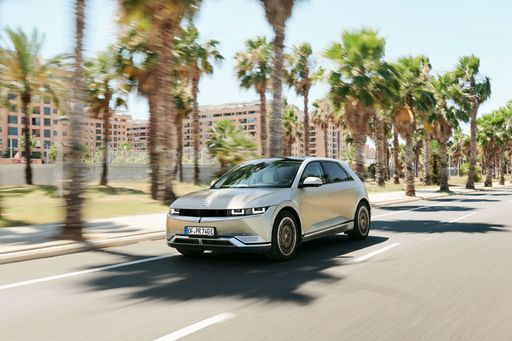
Hyundai IONIQ 5
Hyundai IONIQ 5
The Hyundai IONIQ 5 showcases a bold and futuristic design that captures attention with its striking facade and sharp lines. This electric vehicle offers an impressive blend of performance and efficiency, making it a compelling choice for environmentally conscious drivers. Inside, the spacious and tech-forward interior provides a comfortable and engaging driving experience for both driver and passengers.
details @ hyundai.news
@ hyundai.news
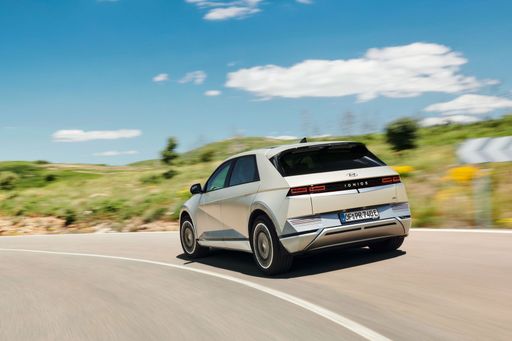 @ hyundai.news
@ hyundai.news
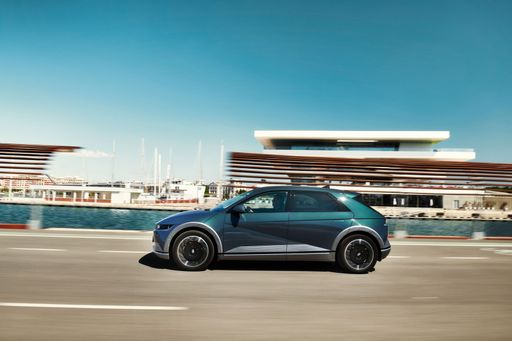 @ hyundai.news
@ hyundai.news
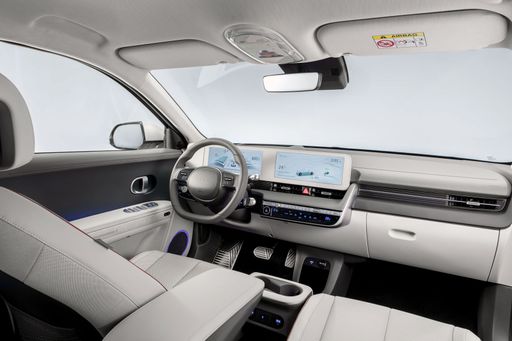 @ hyundai.news
@ hyundai.news
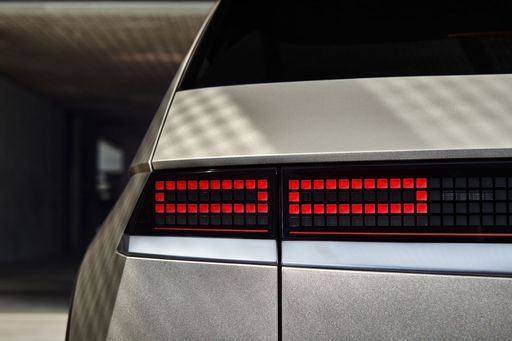 @ hyundai.news
@ hyundai.news
Kia Ceed
The Kia Ceed stands out in the compact car segment with its sleek design and impressive handling. It offers a comfortable and well-equipped interior that appeals to both drivers and passengers. With its efficient engine options, the Ceed provides a smooth and enjoyable driving experience suitable for city commutes and longer journeys alike.
details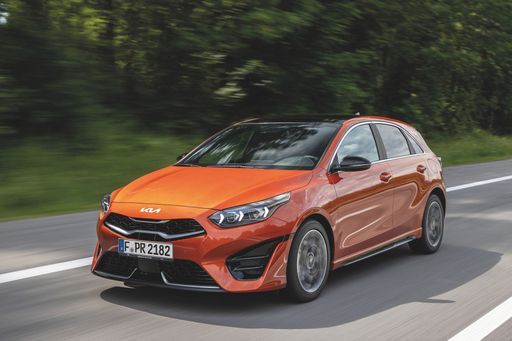 @ press.kia.com
@ press.kia.com
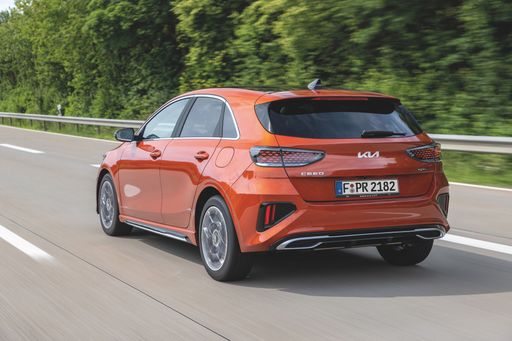 @ press.kia.com
@ press.kia.com
 @ press.kia.com
@ press.kia.com

|

|
|
|
|
Costs and Consumption |
|
|---|---|
|
Price
38500 - 64200 £
|
Price
23500 - 26300 £
|
|
Consumption L/100km
-
|
Consumption L/100km
6 - 6.4 L
|
|
Consumption kWh/100km
15.6 - 21.2 kWh
|
Consumption kWh/100km
-
|
|
Electric Range
440 - 570 km
|
Electric Range
-
|
|
Battery Capacity
63 - 84 kWh
|
Battery Capacity
-
|
|
co2
0 g/km
|
co2
137 - 146 g/km
|
|
Fuel tank capacity
-
|
Fuel tank capacity
50 L
|
Dimensions and Body |
|
|---|---|
|
Body Type
SUV
|
Body Type
Hatchback
|
|
Seats
5
|
Seats
5
|
|
Doors
5
|
Doors
5
|
|
Curb weight
1955 - 2275 kg
|
Curb weight
1298 - 1372 kg
|
|
Trunk capacity
480 - 520 L
|
Trunk capacity
357 - 395 L
|
|
Length
4655 - 4715 mm
|
Length
4315 mm
|
|
Width
1890 - 1940 mm
|
Width
1800 mm
|
|
Height
1585 - 1605 mm
|
Height
1447 mm
|
|
Max trunk capacity
1540 - 1580 L
|
Max trunk capacity
1253 - 1291 L
|
|
Payload
385 - 530 kg
|
Payload
478 - 490 kg
|
Engine and Performance |
|
|---|---|
|
Engine Type
Electric
|
Engine Type
Petrol, Petrol MHEV
|
|
Transmission
Automatic
|
Transmission
Manuel, Automatic
|
|
Transmission Detail
Reduction Gearbox
|
Transmission Detail
Manual Gearbox, Dual-Clutch Automatic
|
|
Drive Type
Rear-Wheel Drive, All-Wheel Drive
|
Drive Type
Front-Wheel Drive
|
|
Power HP
170 - 650 HP
|
Power HP
100 - 140 HP
|
|
Acceleration 0-100km/h
3.5 - 8.5 s
|
Acceleration 0-100km/h
9.5 - 13.2 s
|
|
Max Speed
185 - 260 km/h
|
Max Speed
178 - 197 km/h
|
|
Torque
350 - 770 Nm
|
Torque
172 - 253 Nm
|
|
Number of Cylinders
-
|
Number of Cylinders
3 - 4
|
|
Power kW
125 - 478 kW
|
Power kW
74 - 103 kW
|
|
Engine capacity
-
|
Engine capacity
998 - 1482 cm3
|
General |
|
|---|---|
|
Model Year
2024
|
Model Year
2024
|
|
CO2 Efficiency Class
A
|
CO2 Efficiency Class
E
|
|
Brand
Hyundai
|
Brand
Kia
|
What drive types are available for the Hyundai IONIQ 5?
The Hyundai IONIQ 5 is available as Rear-Wheel Drive or All-Wheel Drive.
The prices and data displayed are estimates based on German list prices and may vary by country. This information is not legally binding.
